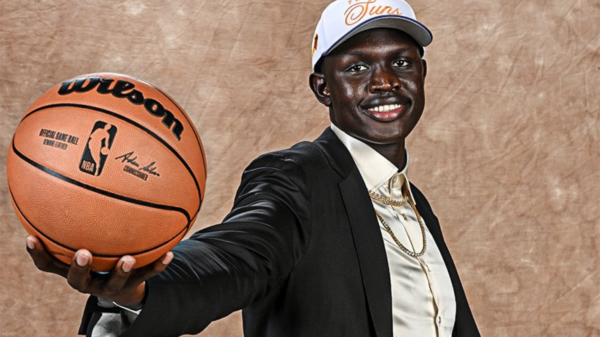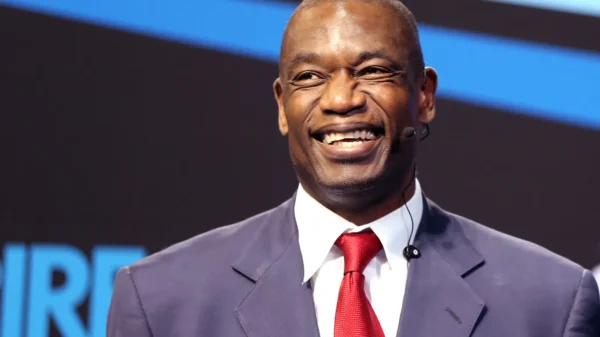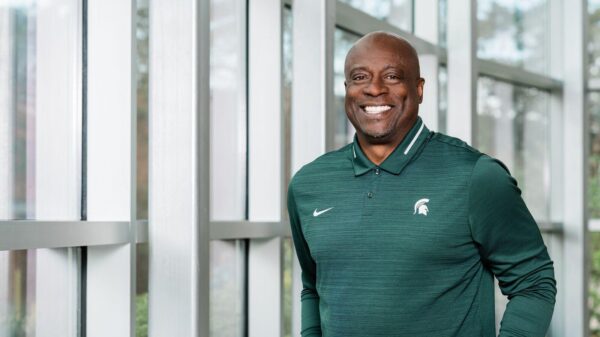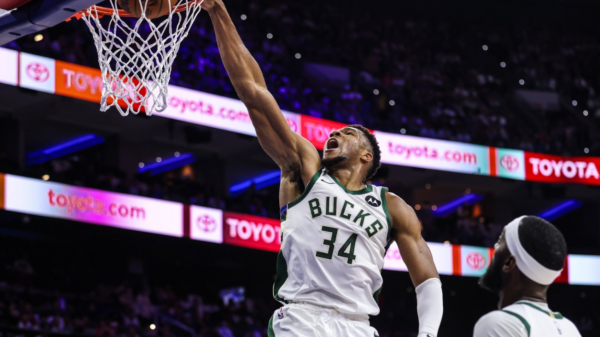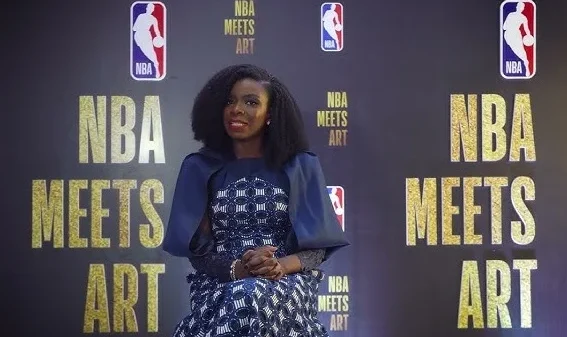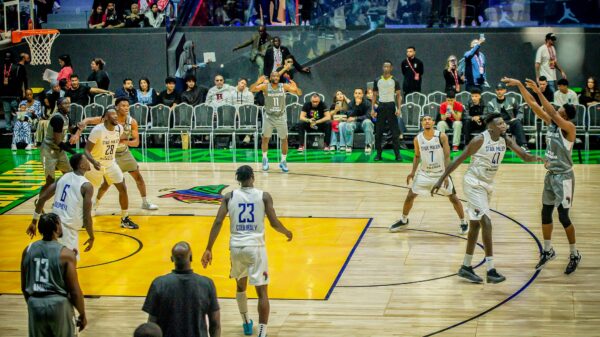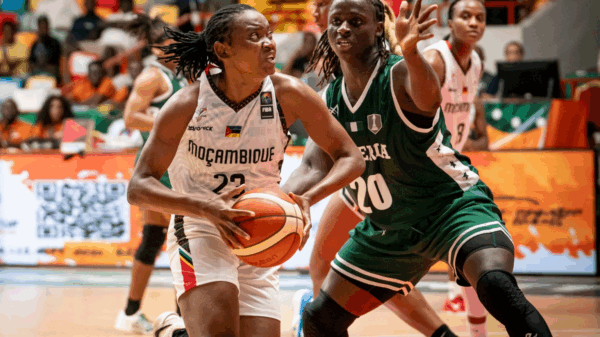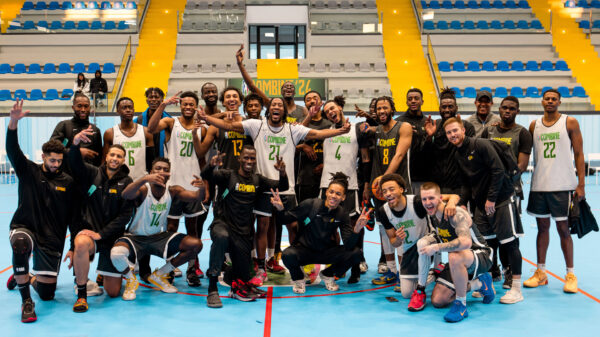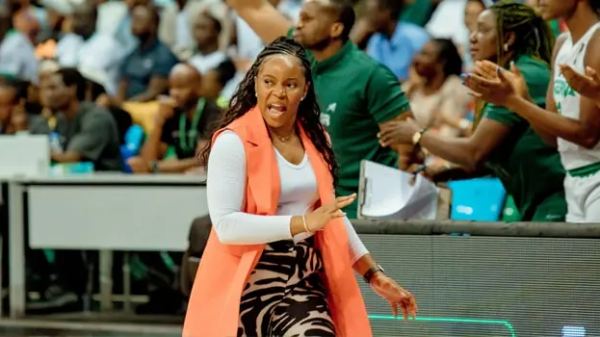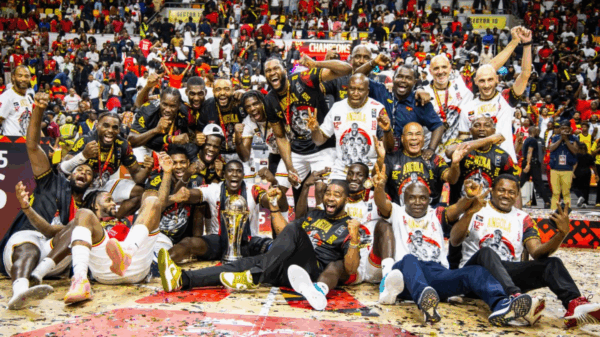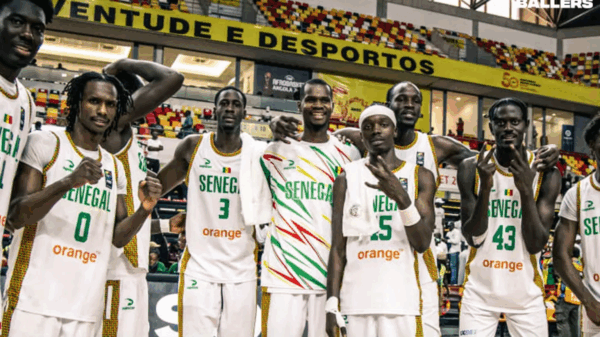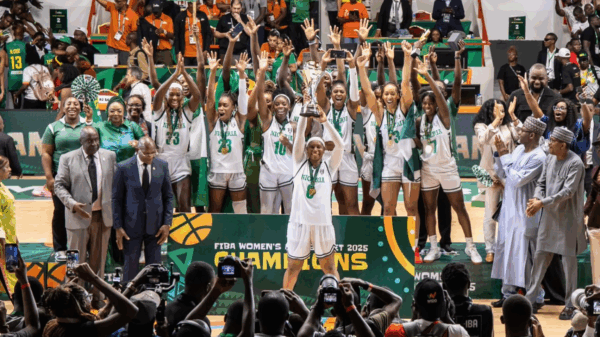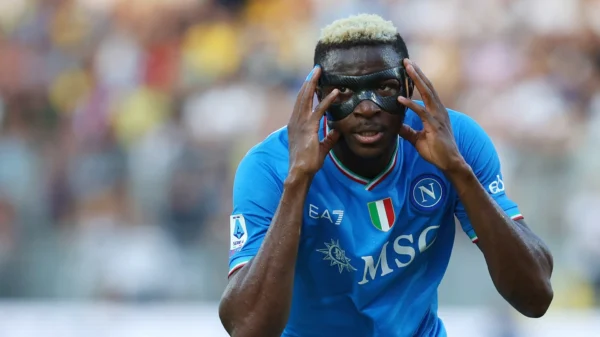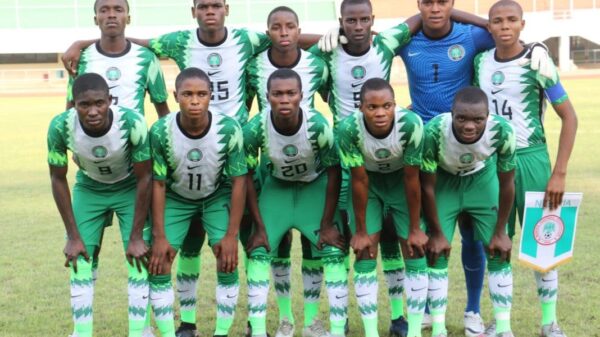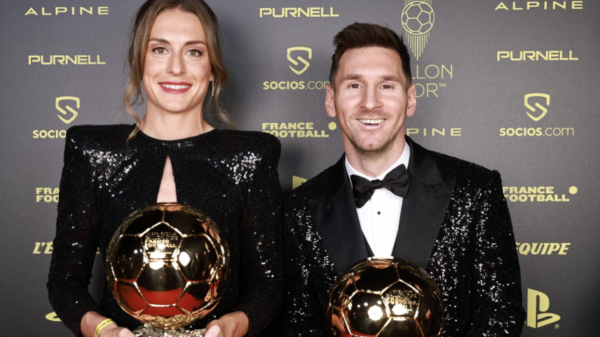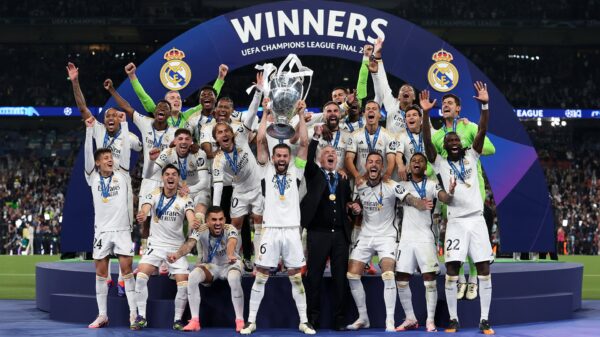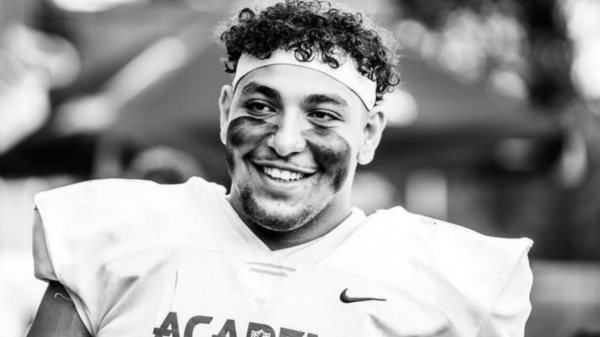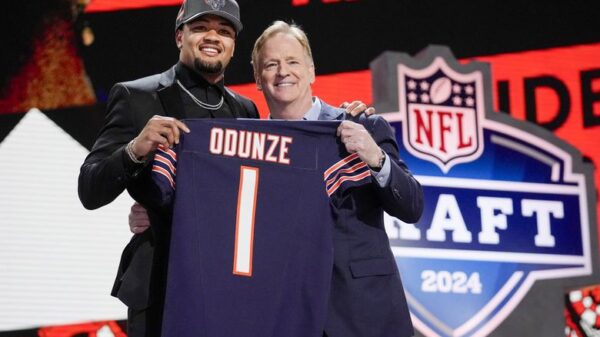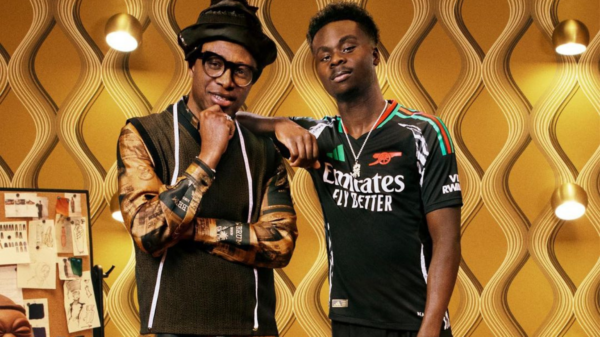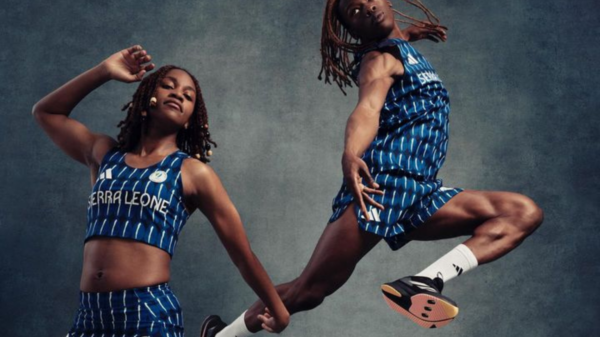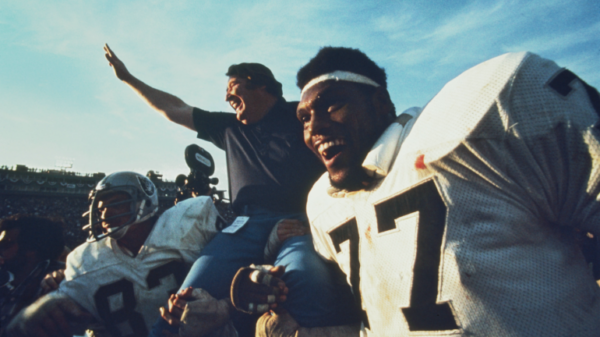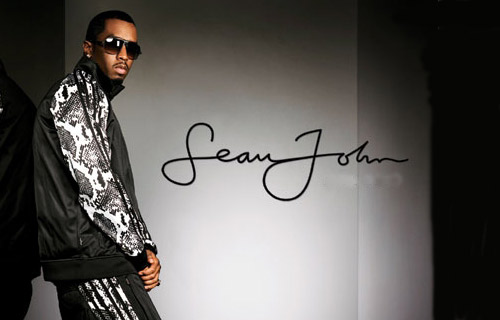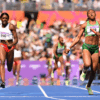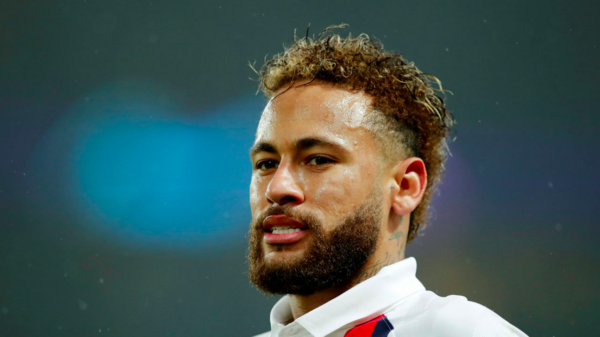One evening when I was about 10 years old, I found my mom sitting cross-legged on the living room floor by a lamp. She was gazing at herself in a hand mirror, and an open rectangular box wrapped in red satin with Korean writing on the lid sat nearby. As I got closer, I noticed the box contained several vials and a pack of microneedles.
Both fascinated and horrified, I observed in silence as my mom dipped the tip of a needle in the serum, and used it to painstakingly prick a dark spot on her face over and over again. She did the same thing to another spot. Then another. When she stopped to stretch her back, my mom asked if I wanted her to use her “special medicine” to remove the mole on my cheek. I said no, and ran to my room.

That was 25 years ago, and my mom pays just as much attention to her appearance now as she did then. In my eyes, the way she scrutinizes her looks — and the way she’s taught me to think about my own — has a lot to do with the East Asian standards of beauty she grew up with. While all cultures have their own measures of physical attractiveness, South Korea and some of its neighbors set a particularly high bar for women.
It’s painful to feel “consistently devalued” by how you look, Mok says. That, in turn, can translate to low self-esteem, depression, anxiety, eating disorders, and even body dysphoria. In fact, a 2017 study published in International Journal for Equity in Health found that young Koreans who experienced discrimination based on their physical looks (also called “lookism”) were more likely to report poor self-rated health.
For those who do find themselves preoccupied with unrealistic beauty standards and thus feel unhappy about their appearance, Mok suggests working to change your mindset about what beauty looks like by making small but intentional changes, such as rethinking some of your role models or finding spaces where more people look like you. It may also be helpful to address some of the comments you’ve heard from family members or others, if it makes sense culturally to do so.
But, Mok adds, there’s no easy answer to figuring out how to deal with the impact of extreme beauty standards. Everyone’s experience with them is different, spanning an array of cultures and countries. And while there is a growing movement in South Korea, for example, to challenge these long-held standards for women, the global popularity of K-beauty products suggests the expectation to stay flawless is here to stay.
Because those ideals are so deeply ingrained, I expect my mom to also continue working to enhance not only her appearance but mine as well. Recently, at her request, I drove her to a new skincare clinic. A red-headed white woman had apparently recommended the place after my mom had approached her to ask what she’d done to make her skin so white. “You could hardly see her freckles,” my mom said.
After talking to the skin consultant, we learned the red-headed woman had most likely gotten a chemical peel. My mom turned to me excitedly and asked: “Do you want one too? I’ll pay for it.”
I politely declined.

